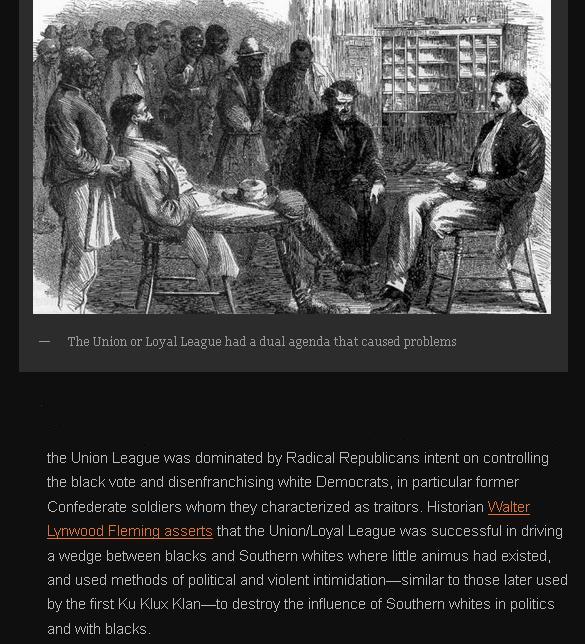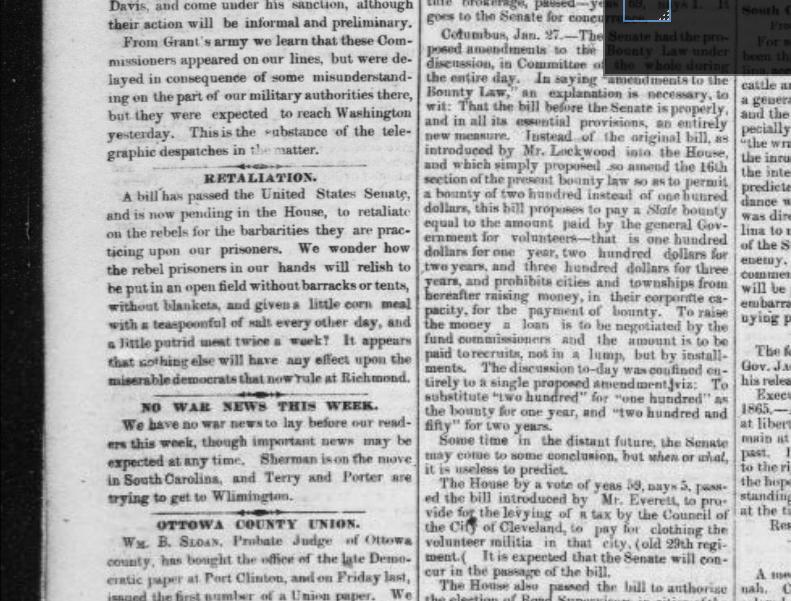OVERVIEW of DEVELOPMENT of 2nd Amendment Regulations in Texas
APPLYING HISTORICAL CONTEXT to the HISTORY of FIREARMS in TEXAS
• Firearm restrictions arising in Texas were historical consequences of Dueling codes and popular sentiment on dueling as honorable combat, and if our early legislatures succumbed to anything, they succumbed to the hysteria about the dangers of concealed arms, to the detriment of poor Texans and Southerners of all backgrounds during the corrupt and military Reconstruction Era: “ ‘A well regulated militia being necessary to the safety of a free State, every citizen shall have the right to keep and bear arms for the common defence. Nevertheless this article shall not be construed as giving any countenance to the evil practice of carrying private or concealed weapons about the person; but the Legislative and municipal authorities within this State are fully authorized to make such laws and ordinances as shall tend to abolish a practice so prolific of strife and bloodshed.’131 While not adopted, this version suggests that the convention meant to regulate the manner of bearing arms rather than prohibit them per se. An enabling act was proposed to empower city councils to prevent the carrying of concealed weapons.”132
• Richard Halbrook’s landmark work on the history of firearms in Texas published in the Baylor Law Review in 1989 is entitled “The Right to Bear Arms in Texas”. From this work: “…Benjamin C. Truman, who had just returned from the Texas constitutional convention of 1866 at Austin. Truman found Texas to be the most [cognizant] of freedman’s rights of the several southern states he visited.111 He noted that”[t]he convention passed an ordinance giving the negroes all the civil rights, and it passed by a very large majority.”112 The above civil rights apparently included bearing arms, for unlike other Southern states, Texas did not pass a black code provision disarming freedmen.” Texas did pass a sharecropper gun code (54), which applied to the private property of landowners—analogous to today’s rights of private property-owners and businesses to deny firearms on their property —that would apply to people of all backgrounds, as it was understood that freedmen, mexican-americans AND whites, as well as people of other ethnicities, would end up being sharecroppers; by 1890 through the toil of all these racial groups, Texas had become the nation’s leading cotton-producing state.
• Reconstruction, beginning approximately in 1865 and lasting through 1877, was by and large an era of looting, plunder and rape of the former Confederate states by carpetbaggers from the North. Texas was no exception. The carpetbaggers sent people out to mischief and had them set fire to barns and homes, shoot livestock and in some cases murder white residents as well as conservative blacks that refused to do their bidding; these home-grown small-cell terrorist groups were known as “The Union League” or “Loyal League” and aligned politically with the Radicals. Additionally, the western frontier of Texas had all but collapsed under Native American attack. Kiowa and Comanche raiders, who had already conquered other area Native American tribes, saw an opportunity in the scant number of men in western Texas to spearhead a final, especially bloody war on frontier individuals and families that did not end until after 1875.
• Thus the prohibition of open carry of handguns deriving from the Texas Legislature’s 1871 Act was NOT a racially-based set of laws, but rather a set of laws intended to deter rampant crime and violence taking place by outlaw gangs of whites, mexicans, blacks and people of ALL manner of backgrounds; further, it was part and parcel of Reconstruction’s political agenda that specifically targeted white southern ex-Confederates: “1871, a year in which Republicans were consolidating their political power over disenfranchised ex-Confederates.” (Halbrook, 68)
Richard Halbrook is a 2nd Amendment scholar (J.D., Georgetown University (1978); Ph.D., Florida State University (1972)), and these are Scholarly works with hundreds of citations of primary source material, written free from political/policy agendas and submitted through an academic process of rigor at Baylor Law, as well as other academic and publishing institutions.
• By reviewing sources and reading Halbrook, we could do as well by identifying “white codes”—as by Reconstruction, some in the Legislature and the Courts had in mind a mission to target and “re-educate” former Confederates, who were primarily, but not exclusively, caucasian: “Further, the court’s references to “a class of our own people” and “the customs and habits of the people” as being in conflict with “intelligent and well-meaning legislators”160 symbolizes the reconstruction’s mission of civilizing purportedly backward Southerners, who were deemed unfit to vote or bear arms. A product of military occupation, the reconstruction court’s decisions would not be considered binding precedents in later years.”161
• Although it is not in dispute that there were freedmen who did face violence from individuals and groups, as well as vagrancy laws that effectively amounted to peonage, arms in Texas were not restricted to freedmen; any person who wanted to buy a lawful knife, or firearm could bring money to purchase one. If it was a challenge to afford good weaponry, poor whites, mexican-americans, native-americans and blacks all faced these sets of challenges. Records reflect wide-ranging demographics of violence as well as petty crimes, largely proportional to the demographics of the time.
• In 1865, the U.S. Congress passed a measure which read in part: “Rebel prisoners in our hands are to be subjected to a treatment finding its parallels only in the context of savage tribes and resulting in the death of a multitudes by the slow but designed process of starvation and by mortal diseases occasioned by insufficient and unhealthy food and wanton exposure of their persons to the inclemency of the weather.” H.R. 97, JAN. 1865 (Nat’l Archives). Such language can scarcely be believed; It was a violent, unfortunate time clearly both in thought and in deed.
• 21st century Marketing Campaign: the attempt to link Jim Crow laws with gun restrictions is rather part of a viral Marketing Campaign narrative spearheaded by the Center for Urban Renewal and Education policy group in 2013. This group’s political campaign seeks to interpret draconian laws on the books in places like Florida, NOT Texas. It is simply baiting to suggest otherwise.
• Inclusion was and is a hallmark of the Lone Star State—Texas had been one of the rare states that confirmed the right of ALL of its peoples to bear arms: the Halbrook article as well as primary sources document these facts. In fact, Texas is recognized widely among Historians as one of the most fair states to all its people residing within its borders, despite a time of upheaval and despite many troubles facing the state and its residents.
• to CONCLUDE and SYNTHESIZE the above data, the Halbrook work documents that today’s restrictions to firearms in Texas: the regulation of the WEARING of arms, i.e. conceal-carry of handguns, came out of alarm (founded or unfounded) regarding the fact that hiding firearms on one’s person was poorly regarded—dueling was seen as the non-cowardly of settling disputes, dating from before the Civil War and through the Reconstruction era. Thus the restriction on wearing arms, or conceal-carry, was a Class-based, or perhaps better described as an Income-based, inspired restriction that cast aspersions on the poor, during the corrupt-military Reconstruction years.
Because of the Center for Urban Renewal and Education PR Campaign, a few people seem to be testing the waters to see if they can employ a vague “Jim Crow during Reconstruction” mantra to try to leverage political and legislative outcomes. While perhaps noble in spirit, these sentiments suffer not just from the generalizations of marketing, but also from the common error in casual historical analysis known as PresentismNote1. As tempting as it might be to try to pull on the heartstrings of gun control proponents by making nebulous references to so called “Jim Crow” laws or “black codes”, the people of Texas deserve our reasoning to be not just bound to any one individual or group’s personal life perspectives in the present day, or to politically ambitious single-group activists, but rather they deserve that our reasoning be grounded in Historical Truth—especially so we don’t get skewered in the media!—
And the truth of the matter is that, as documented above, the history of Firearms in Texas does not include such single-group codes. In fact, Texas is widely regarded to have been one of the most FAIR states to all her people during a time when lawful and unlawful groups both were attempting to gain hegemony in the region, and visited the brunt of their violence on lower-income or lower-working-class Texans.
Because though she wasn’t perfect—as Halbrook’s and other work shows, she still succumbed primarily to Income-based biases—we should celebrate and examine how, in a time of great problems, grief and upheaval, Texas stayed as remarkably independent thinking as she did.
Note 1:
error of Presentism (literary and historical analysis) –
Presentism is a mode of literary or historical analysis in which present-day ideas and perspectives are anachronistically introduced into depictions or interpretations of the past. For ex, the error of attempting to apply modes and manners of the relatively peacable, literate, governmentally stable and infrastructure-rich environment of our current time, to our more chaotic frontier past.
Note 2:
[Texas historical context from decades leading up to Civil War & spilling into Reconstruction]
It is interesting to note Texas’s peculiar position here [pre-Civil War]: neither of these enemies would have accepted peace on the terms the new republic would have offered them. Even more remarkably, neither would accept surrender. The Mexican army consistently gave no quarter, most famously at the Alamo. All Texan combatants were summarily shot. The Comanches, meanwhile, did not even have a word for surrender. . . . it was always a fight to the death. In this sense, Texans did not have the usual range of diplomatic options. They had to fight. (Gwynne, 40).
Note 3:
in addition to his scholarly article “The Right to Bear Arms in Texas,” discussed above, Halbrook’s book covering the 2nd Amendment in general is entitled That Every Man Be Armed: The Evolution of a Constitutional Right. Albuquerque: University of New Mexico Press, 1984, 2013.
Cited as authority in Printz v. United States, 521 U.S. 898, 939 n.2 (1997) (Thomas, J., concurring); Silveira v. Lockyer, 328 F.3d 567, 577 n.53 (9th Cir. 2003) (Kleinfeld, J., joined by Kozinski, O’Scannlain, & Nelson, dissenting); United States v. Emerson, 46 F.Supp.2d 598, 603-09 (N.D. Tex. 1999); State c. Sieyes, 168 Wash.2d 276, 284-84, 225 P.3d 995(2010), Mosby v. Devine, 851 A.2d 1031,
1052 (R.I. 2004) (Flanders, J., dissenting); State v. Hirsch, 338 Or. 622, 658, 114 P.3d 1104, 1124 (2005); Counsel, US Dept of Justice “Whether the 2nd Amendment Secures an Individual Right” (2004)
for full bibliography and further notes, citations, references and snapshots of source material, just contact us
“The right to bear arms is essential to freedom. For it is the policy of governments to disarm the people, that they may have the opportunity to oppress them.”
—Robert Emmett Bledsoe Baylor, 1845



